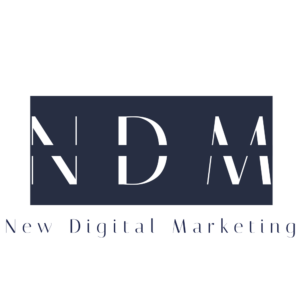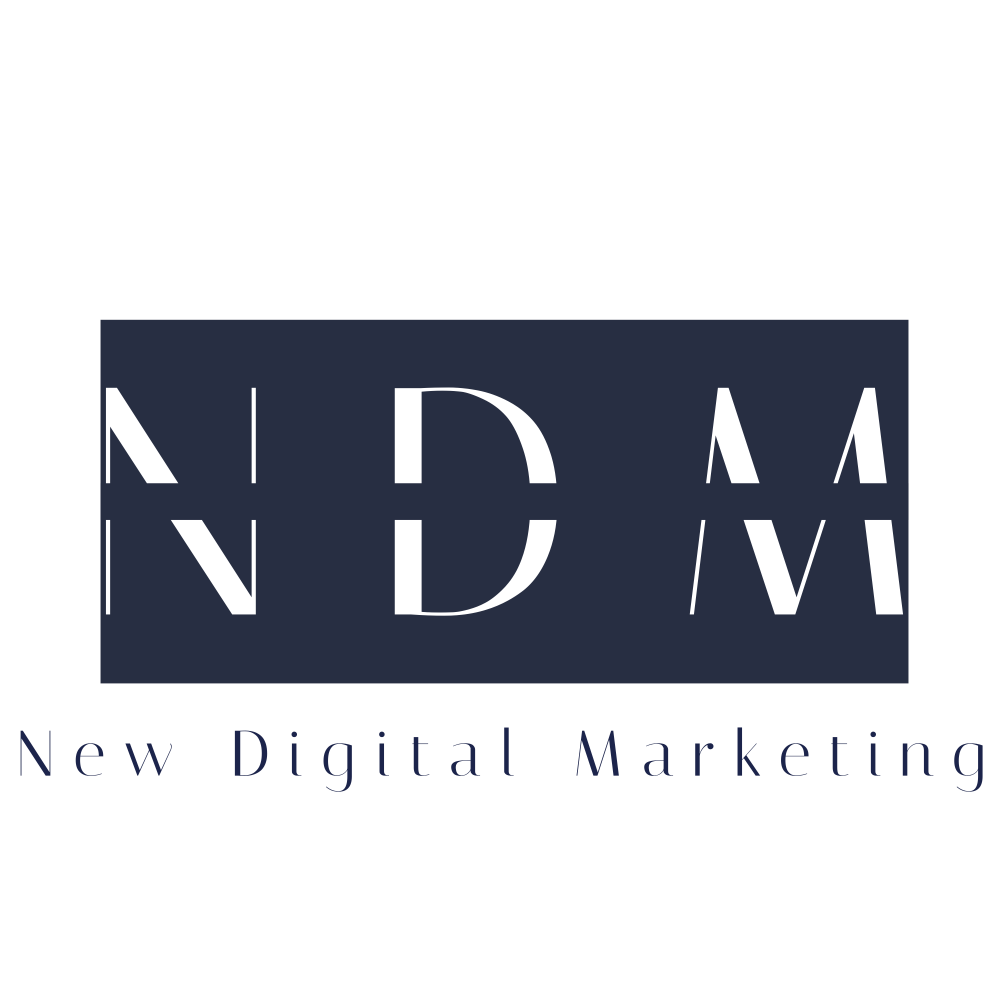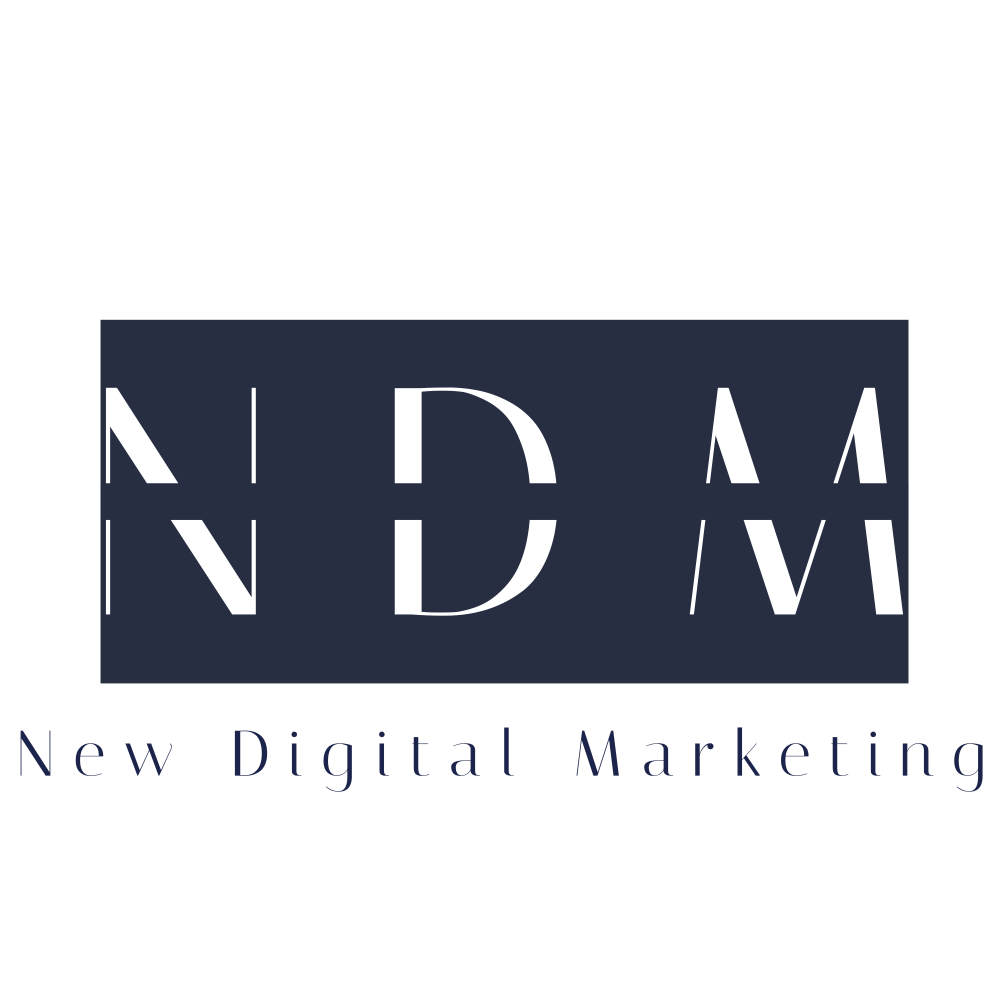
How Facebook ads actually work: The basics explained
Facebook Ads have become a go-to for businesses looking to reach a highly targeted audience, but how exactly do these ads work? Understanding the inner workings of Facebook’s advertising platform can help you create more effective campaigns, save money, and reach your ideal audience more efficiently. From bidding strategies to audience segmentation and the famous Facebook algorithm, here’s everything you need to know about how Facebook Ads actually work.
The foundation: Facebook Ads Manager
The engine behind every Facebook ad campaign is Facebook Ads Manager—a centralized hub where you create, manage, and monitor your ads. Ads Manager allows you to define your ad objectives, set your budget, choose your audience, and track performance. It’s the place where every campaign starts and where data-driven adjustments happen.
Setting your Ad objective: start with a goal in mind
Every campaign on Facebook begins with selecting an ad objective that aligns with your business goals. Facebook offers a variety of objectives categorized into three main types:
- Awareness: Ideal if you want to increase brand visibility. Examples include brand awareness and reach.
- Consideration: These are objectives that encourage engagement, like traffic, video views, or lead generation.
- Conversion: Perfect if you want people to take action, such as making a purchase or signing up.
Choosing the right objective is key since Facebook’s algorithm will optimize your ads based on the goal you select. For example, if you choose a Traffic objective, Facebook will serve your ad to people most likely to click through to your website.
Audience targeting: Reaching the right people
One of Facebook’s greatest strengths is its ability to target audiences with laser precision. The platform allows you to define your audience based on demographics (age, gender, location), interests (such as hobbies or favorite brands), and behaviors (like purchase history or device usage).
There are three primary audience types in Facebook Ads:
- Core Audiences: Defined by basic demographics, interests, and behaviors.
- Custom Audiences: People who have interacted with your business before, like website visitors or previous customers.
- Lookalike Audiences: New users similar to your existing customers, created based on characteristics shared with your Custom Audience.
The more refined your targeting, the more likely your ad will reach the right people—meaning higher engagement and a better return on your investment.
Bidding and budgeting: How your Ads compete
Facebook Ads operate through an auction system. Every time an ad slot becomes available, Facebook holds a quick auction to determine which ad gets shown. The winner isn’t just the highest bidder; Facebook also considers ad quality and relevance to ensure users see ads they’ll likely engage with.
Here’s what Facebook looks at during the auction:
- Bid: How much you’re willing to pay for an ad placement.
- Estimated Action Rates: Facebook’s prediction of how likely users are to engage with your ad.
- Ad Quality: Facebook scores your ad based on feedback and engagement metrics.
You have two budget options:
- Daily Budget: How much you’re willing to spend each day.
- Lifetime Budget: The total budget over the entire campaign duration.
Ad placements: Where your Ads show up
With Facebook Ads, you have the flexibility to choose where your ads appear across Meta’s platforms, including Facebook, Instagram, Messenger, and the Audience Network. Here are some of the key placements:
- Facebook Feed: Ads appear directly in users’ news feeds, blending seamlessly with organic content.
- Instagram Stories and Feed: Ideal for visual content, Instagram placements can drive higher engagement for certain demographics.
- Messenger Ads: Ads appear in the Messenger app, perfect for businesses with a conversational approach.
- Audience Network: Extends your reach by placing ads on external websites and apps partnered with Facebook.
Choosing the right placements depends on your audience and goals, but Facebook also offers Automatic Placements to maximize your reach and minimize costs by placing ads where they’re most likely to perform well.
The role of the Facebook algorithm
Facebook’s algorithm is the engine behind ad delivery, helping determine when and where your ad appears. The algorithm’s goal is to create a personalized experience, which means that your ad will only be shown to users who are likely to engage with it. Here’s how it works:
- Learning Phase: Every time you launch a new campaign or ad set, Facebook’s algorithm enters a learning phase where it gathers data to optimize your ad delivery.
- Optimizations: After gathering enough data, the algorithm starts optimizing, showing your ad to users who are most likely to take your desired action.
- Frequency Cap: Facebook limits how often your ad appears to the same person to avoid ad fatigue and keep engagement high.
Ad formats: Crafting Ads that capture attention
Facebook offers several ad formats to help you connect with your audience in unique ways:
- Image Ads: Simple and effective, great for a clean, single message.
- Video Ads: Excellent for storytelling or product demonstrations.
- Carousel Ads: Showcase multiple products or tell a story across several slides.
- Collection Ads: Drive online shopping with an interactive, mobile-friendly layout.
- Lead Ads: Collect contact information without users needing to leave Facebook.
The format you choose should align with both your campaign objective and the content that best resonates with your audience.
Measuring success: Using key performance metrics
Running ads is only part of the puzzle; understanding how they perform is essential. Ads Manager provides valuable metrics to help you assess your campaigns:
- Reach and Impressions: How many people see your ad and how often it’s shown.
- Click-Through Rate (CTR): Percentage of people who click your ad after seeing it.
- Conversion Rate: Percentage of users who complete a desired action, like a purchase.
- Cost per Action (CPA): Average cost of each conversion, helping you understand ROI.
To improve results, regularly monitor these metrics, run A/B tests, and make adjustments based on your findings.
Retargeting: The key to engaging warm audiences
Retargeting is a powerful feature that allows you to reach people who have already shown interest in your business. Using Facebook Pixel, you can track website visitors, abandoned carts, or even people who engaged with your Facebook content, and then show ads specifically to these warm leads.
In summary: How Facebook Ads can work for you
From targeted audiences to a flexible bidding system and a powerful algorithm, Facebook Ads offer businesses a smart, scalable way to connect with potential customers. But to truly succeed, it’s essential to understand the underlying mechanics and make data-driven adjustments along the way.
Whether you’re new to Facebook Ads or looking to improve your campaigns, knowing how each component works will give you a competitive edge. Dive into Ads Manager, explore different formats, and leverage retargeting to maximize your results. Facebook Ads aren’t just about visibility—they’re about reaching the right people, at the right time, with the right message.
Transform Your Online Presence
Partner with our New Digital Agency for Innovative Solutions and a Personalized Approach.

